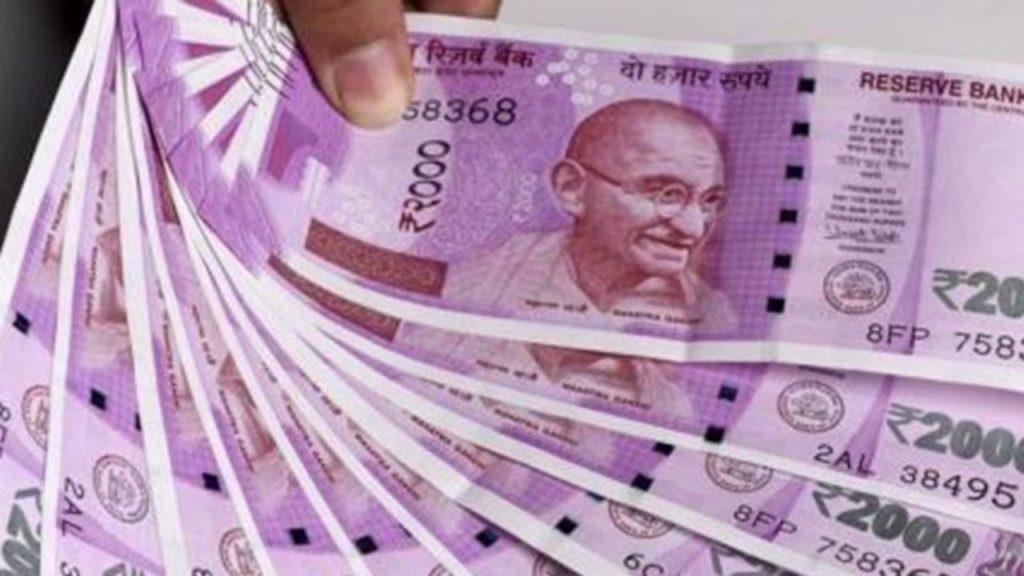In a significant disclosure, the Indian government informed the Lok Sabha that Scheduled Commercial Banks (SCBs) have written off nearly Rs 10.6 lakh crore over the past five years. Astonishingly, almost 50% of this amount is linked to large industrial houses. The information was provided by Bhagwat Karad, the Minister of State in the Finance Ministry, in a written response to a query.

Major Defaulters and Loan Write-Offs
The government highlighted that around 2,300 borrowers, each with a loan amount of Rs 5 crore or more, have wilfully defaulted on nearly Rs 2 lakh crore. These figures underscore the growing concern over large-scale defaults and the burden they place on the banking system.
The write-offs are in accordance with the Reserve Bank of India (RBI) guidelines and bank board-approved policies. These policies allow banks to remove Non-Performing Assets (NPAs) from their balance sheets once full provisioning has been made after four years. However, Minister Karad clarified that writing off a loan does not absolve the borrower from repaying the amount. The process of recovering dues from these written-off accounts continues through various mechanisms, including civil suits, actions under the Securitisation and Reconstruction of Financial Assets and Enforcement of Security Interest Act (SARFAESI), and cases filed under the Insolvency and Bankruptcy Code (IBC) at the National Company Law Tribunal (NCLT).
Recovery Efforts and Legal Actions
The government emphasized that banks persist in their recovery efforts, even in cases where loans have been written off. These efforts include pursuing civil litigation, utilizing debt recovery tribunals, and negotiating settlements. Furthermore, Minister Karad reassured that the government does not bear any financial burden from the write-offs, as these actions do not equate to waiving the borrower’s liability to repay.
In addition, the RBI’s Framework for Compromise Settlements and Technical Write-offs, introduced on June 8, 2023, allows lenders to negotiate settlements with wilful defaulters. This framework aims to expedite recovery while criminal proceedings against defaulters continue. The strategy is designed to prevent asset value deterioration due to delays, ultimately aiding in more effective recovery of funds.
Penal Charges and Regulatory Measures
The Lok Sabha was also informed that SCBs collected an aggregate of Rs 5,309.80 crore as penal charges during the financial year 2022-23. These charges were imposed for delays in loan repayments and other financial discrepancies. The RBI’s oversight ensures that the banks continue to report credit information of all borrowers with an aggregate exposure of Rs 5 crore and above to the Central Repository of Information on Large Credits (CRILC).
As of March 31, 2023, the CRILC database reported 2,623 unique borrowers classified as wilful defaulters, with an outstanding debt of over Rs 1.96 lakh crore. The government and the RBI remain focused on implementing measures to recover these outstanding dues and maintain the integrity of the banking sector.













